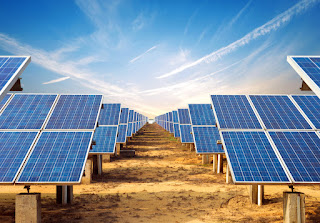SOLAR POWER PLANTS FOR INDUSTRIES
Solar Power Plant For Industries
PATHWAYS FOR THE GLOBAL ENERGY TRANSFORMATION THROUGH THE USE NON CONVENTIONAL ENERGY
There is a need to develop an extensive road map of non-conventional energy sources.
The International Renewable Energy Agency (IRENA) is an international initiative to bring awareness.
They has explored global energy development options from two main perspectives to the year 2050. These help to bring Solar Power Plant For Industries closer. The first is an energy pathway set by current and planned policies. Second is a cleaner, climate-resilient pathway. These are based largely on a more ambitious, yet achievable, uptake of renewable energy and energy efficiency.
There are Few points to provide a more clear picture using solar solutions. As solar solutions help us in catering to energy needs as well as environmental needs.
HERE ARE SOME OF THE PRACTICAL OPTIONS FOR GLOBAL ENERGY FOR DECARBONISATION
• Identifying the current plans for global energy development as a baseline scenario as far as 2050.
As these policies, including climate commitments made since 2015 in Nationally Determined Contributions under the Paris Agreement.
• These solar power plant industries help in assessing the additional potential for scaling up or optimising low-carbon technologies and approaches.Which includes renewable energy, energy efficiency and electrification. As it also considers the role of other technologies.
• We at PINANK Energy develop a realistic, practical energy transformation system. This buzzes for considerably faster deployment of low-carbon technologies. As it is based on largely on renewable energy and energy efficiency. As a result, transformation in energy use to keep the rise in global temperatures this century well. Which is below 2 °C and closer to 1.5 °C compared to pre-industrial levels. The technique focuses especially on cutting energy-related carbon dioxide (CO₂) emissions. Consequently, which make up around two-thirds of global greenhouse gas emissions.
• Analysing the costs, benefits and investment needs of low-carbon technologies worldwide to achieve the envisaged energy transformation.



Comments
Post a Comment